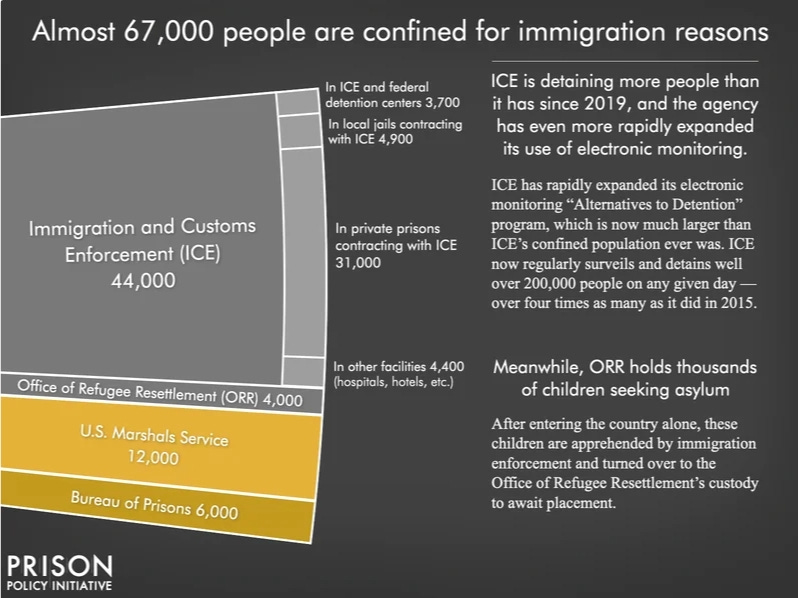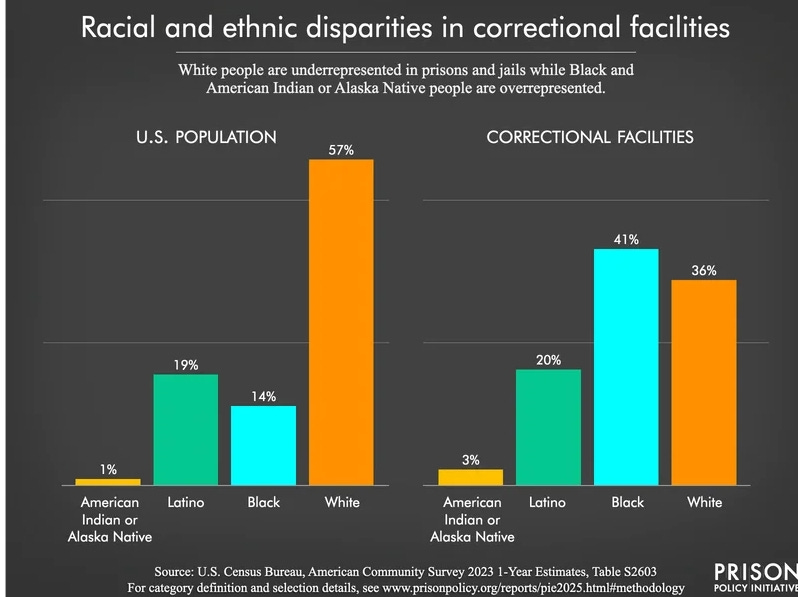Policing the Line: How America's State Troopers Inherited a System of Control
State police didn’t descend from slave patrols, but their rise was shaped by the same obsession: control. And in 2025, that legacy still threatens democracy.
For years, a narrative has circulated claiming that modern police forces, particularly state police, descend directly from the slave patrols of the antebellum South. It's a compelling idea, but it’s not entirely accurate. The reality is more complicated, and in many ways, more disturbing.
Modern state police agencies were not created to hunt enslaved people. Most were founded decades after the Civil War, often in response to industrial labor unrest, moral enforcement campaigns, or the need for traffic regulation in a motorized world. There is no direct administrative lineage connecting slave patrols to the highway trooper in a Smokey Bear hat.
But that doesn’t mean they came from nowhere.
What we can trace, with clarity and credibility, is a pattern: American policing has always adapted to maintain social control, especially racial and economic hierarchies. From slave patrols to Reconstruction-era sheriffs, from Jim Crow enforcers to mid-century state troopers attacking civil rights marchers, the thread is clear. The targets may shift, the badges may change, but the logic often remains the same.
This article explores not a bloodline, but a blueprint—how American law enforcement repeatedly evolves to preserve power, often at the expense of Black lives and liberty.
We just hit 13,000 subscribers—thank you! To celebrate, we’re offering full access to The Coffman Chronicle at 50% off.
Get exclusive analysis and fearless reporting you won’t find in corporate media.
Slave Patrols and the Architecture of Racial Control
In the early 1700s, Southern colonies formalized a system of armed white citizens tasked with patrolling rural areas to catch runaway slaves, prevent uprisings, and intimidate enslaved people into submission. These weren’t ad hoc mobs; they were state-sanctioned forces, backed by law and empowered to use violence with near-total impunity.
Slave patrols:
Were required by law in many Southern states (South Carolina, Virginia, Georgia)
Operated with legal immunity from consequences for harming enslaved people
Could enter homes without warrants, whip, detain, and kill suspected escapees
Often included poor whites who were promised power over others instead of real economic opportunity
In essence, the first American police force wasn’t protecting communities. It was protecting property, and under slavery, Black people were property.
These patrols created a culture of enforcement based not on justice, but on control. And that control was racial, economic, and violent by design.
That culture wouldn’t end with emancipation. It would evolve.
Reconstruction, Black Codes, and the Invention of 'Criminal Blackness'
The end of slavery did not bring freedom. It brought a backlash.
Southern legislatures passed Black Codes criminalizing normal life for freed Black people: loitering, unemployment, and breaking a labor contract. These codes used the 13th Amendment’s exception clause—"except as punishment for crime"—to reimpose forced labor through arrest.
Sheriffs and local lawmen, often former slave patrol members or Confederate officers, became the front line of enforcement.
Convict leasing, a brutal system where Black men were arrested and leased to businesses, became a state revenue model.
This is where “criminal Blackness” was born: where simply existing while Black became suspicious, punishable, and profitable.
But this wasn’t just a Southern story. It was a national template.
The badge changed. The mission didn’t.
Echoes Today: From Patrol Roads to Border Walls
That same logic—racialized enforcement masked as public safety—lives on today.
Take ICE (Immigration and Customs Enforcement):
Its operations overwhelmingly target Latino and African immigrants, not European visa overstays.
Interior raids, home detentions, and “targeted enforcement” mimic old patterns: vague suspicion, unchecked force, and no recourse.
The 2025 administration has ramped up ICE operations with renewed focus, aligning with older patterns of scapegoating and expulsion.
Mass Incarceration: The Whole Pie 2025 | Prison Policy Initiative
Like slave patrols and Black Codes enforcers, ICE agents operate with state blessing, moral panic, and almost no accountability.
However, ICE is only one branch of a broader pattern. To see how deeply rooted it is, we need to examine the rise of the state police themselves.
Enforcing the Color Line: State Police and Jim Crow
State police emerged in the early 20th century not to replace local sheriffs, but to centralize force in the hands of state power. In the South, they became enforcers of segregation:
Alabama state troopers beat civil rights marchers on “Bloody Sunday” in 1965.
Mississippi state police harassed and intimidated Black voters, sometimes in cooperation with white supremacist groups.
In the North, Pennsylvania State Police were used to crush labor strikes among Black and immigrant workers.
These forces weren’t remnants of slave patrols. But they served the same structure, protecting white supremacy and the status quo through official violence.
The language of racial dominance shifted again in the 1960s, not into silence, but into slogans.
“Law and Order”: The Backlash Rebranded
After the civil rights gains of the 1960s, political leaders pivoted. The new watchword was “law and order.”
Nixon launched the “war on drugs” to disrupt Black and antiwar communities.
Reagan militarized that war, slashing social programs while inflating police budgets.
Clinton’s 1994 crime bill put 100,000 more officers on the streets and built the foundation of today’s carceral state.
State and local police became paramilitary enforcers of a racially targeted drug war. The result? Black incarceration skyrocketed, while communities were stripped of resources and power.
Mass Incarceration: The Whole Pie 2025 | Prison Policy Initiative
What began with patrols on horseback became drug checkpoints and riot gear. The logic of racial control stayed the same, even as the tactics modernized.
That escalation didn’t fade. It became standard.
The Present Pattern: New Tools, Same Target
In 2025, we are still living inside the system slavery built.
ICE raids target Latino families, not overstayed white tourists.
Black drivers are still stopped, searched, and shot at rates far exceeding their white counterparts.
State troopers break up protests with military-grade equipment, not conversation.
Facial recognition software misidentifies Black people and fuels false arrests.
Policing has become smarter, faster, more discreet, but no less discriminatory.
This is not a few bad apples. This is a system performing exactly as designed.
Traffic law becomes the pretext. Control is always the goal.
Conclusion: A Threat Not Just to Lives But to Democracy
From the plantation to the patrol car, America has used policing to maintain its deepest inequalities. But what makes this urgent is not just the history; it’s the future at risk.
Because when policing exists not to protect rights, but to control populations, democracy begins to rot from the inside out.
When enforcement is used not to uphold justice, but to police dissent, suppress the vulnerable, and reinforce economic and racial lines, we’re not upholding democracy. We’re strangling it.
You cannot build freedom on a foundation of fear.
You cannot build justice on a blueprint of control.
Call to Action: Don’t Just Read. Resist the Pattern
If this article made you uncomfortable, good. That discomfort is where real change begins. But it can’t stop there.
We live in a moment when old systems are being repackaged, redeployed, and re-legitimized under new names. You don’t need to be a historian to see the pattern. You just need the courage to name it and the will to break it.
Here’s what you can do:
Call your representatives—state and federal.
Demand oversight of policing, ICE operations, and use-of-force policies.
Capitol switchboard: (202) 224-3121Support organizations fighting systemic abuse.
Groups like the Brennan Center for Justice, ACLU, Just Futures Law, and local bail funds are on the front lines.Learn your local law enforcement structures.
Know who your sheriff is. Know what your town’s budget funds. Show up, speak up, and demand change.Challenge the myth of neutrality.
History didn’t end—it evolved. Share it. Teach it. Refuse to let silence do the work of complicity.Vote. From city council to president.
Policies are written by people, and people can be replaced.
Democracy dies in denial. It lives through action. So act.
We just hit 13,000 subscribers—thank you! To celebrate, we’re offering full access to The Coffman Chronicle at 50% off.
Get exclusive analysis and fearless reporting you won’t find in corporate media.
Bibliography
Blackmon, Douglas A. Slavery by Another Name: The Re-Enslavement of Black Americans from the Civil War to World War II. Anchor Books, 2008.
Muhammad, Khalil Gibran. The Condemnation of Blackness: Race, Crime, and the Making of Modern Urban America. Harvard University Press, 2010.
Hadden, Sally E. Slave Patrols: Law and Violence in Virginia and the Carolinas. Harvard University Press, 2001.
“Report: Racial Disparities in Policing and Imprisonment.” The Sentencing Project, 2021.
“ICE and Racial Profiling.” ACLU, 2020.
Alexander, Michelle. The New Jim Crow: Mass Incarceration in the Age of Colorblindness. New York: The New Press, 2010.
Garland, David. Punishment and Modern Society: A Study in Social Theory. Chicago: University of Chicago Press, 1990.
Hinton, Elizabeth. From the War on Poverty to the War on Crime: The Making of Mass Incarceration in America. Cambridge, MA: Harvard University Press, 2016.
Hernández, Kelly Lytle. Migra!: A History of the U.S. Border Patrol. Berkeley: University of California Press, 2010.
Hernández, Kelly Lytle. City of Inmates: Conquest, Rebellion, and the Rise of Human Caging in Los Angeles, 1771–1965. Chapel Hill: University of North Carolina Press, 2017.
Stevenson, Bryan. Just Mercy: A Story of Justice and Redemption. New York: Spiegel & Grau, 2014.
Thompson, Heather Ann. Blood in the Water: The Attica Prison Uprising of 1971 and Its Legacy. New York: Pantheon Books, 2016.
Walia, Harsha. Border and Rule: Global Migration, Capitalism, and the Rise of Racist Nationalism. Chicago: Haymarket Books, 2021.
Zuboff, Shoshana. The Age of Surveillance Capitalism: The Fight for a Human Future at the New Frontier of Power. New York: PublicAffairs, 2019.
Vera Institute of Justice. “What Policing Costs: A Look at Spending in America’s Biggest Cities”. 2021.
Human Rights Watch. Racial Disparities in the US Criminal Justice System. 2020.
Prison Policy Initiative. “Mass Incarceration: The Whole Pie 2025.”
MIT Media Lab. “Gender Shades: Intersectional Accuracy Disparities in Commercial Gender Classification.”








WoW
🇺🇸 🇺🇦 🇨🇦 🇲🇽 🇬🇱
The WORLD against Fascism 🌎
USA Capital Switchboard
(202) 224-3121
Thank you for sharing this.